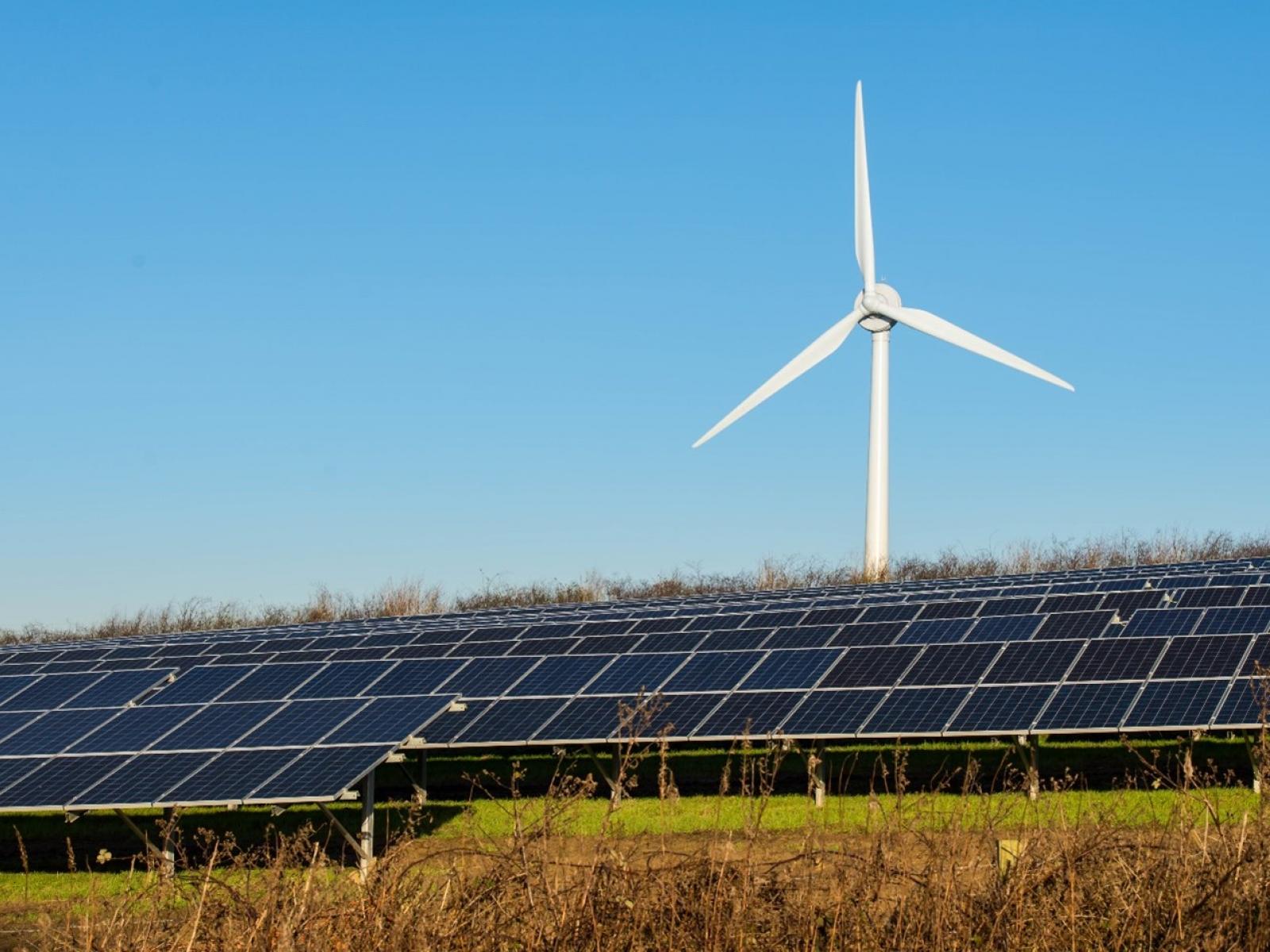Enhancing Modeled Capacity Expansion Pathways with Improved Power-Sector Dynamics
Better representations of electric capacity markets, economic retirements, and power-plant age structure provide a more robust understanding of the future evolution of the electric sector

A computer model simulates how much electricity and what types of power generation technology investments are needed in the U.S. under different future scenarios.
(Image by Jerry Machen | Flickr.com)
The Science
Technology costs, economy-wide transitions, and other socioeconomic changes will influence future power-sector expansion pathways. This work incorporates improved representations of capacity markets, economic retirements, and power-plant age structure along with up-to-date technology assumptions into the power-sector component of a well-established multisector model with state-level details in the U.S. (GCAM-USA). The improved model provides additional operational details of power generation technologies as well as the coevolution of capacity expansion and end-use energy changes. The operational flexibility allows the modeled capacity market to better capture responses to short- and long-term demand changes without overly drastic shifts in near-term capacity. Using the improved model, researchers explored varied U.S. power-sector scenarios with different assumptions about technological changes and economy-wide low-carbon transitions.
The Impact
A key challenge for long-term power-sector planning models simultaneously representing multisector interactions within the energy system while considering sufficient structural details within the power sector. Previous studies based on multisector models have suggested drastic shifts in power-sector capacity investment and retirement patterns under long-term economy‑wide transitions that may ignore real-world operations. This work incorporates representations of key processes and dynamics essential to adequately model power-sector evolution in the GCAM‑USA model and explores a range of future power-sector scenarios. The study highlights the need for representing operational details of power generation technologies as well as the coevolution of capacity expansion and end-use energy changes within multisector models. Compared with global multisector models in the literature, this work represents U.S. power-sector transitions with a finer spatial resolution and a high level of process detail within an internally consistent global framework.
Summary
Using an improved version of the GCAM-USA model that incorporates processes and dynamics such as capacity markets, economic retirements, power-plant age structure, and up-to-date technology assumptions, this study explored a range of future power-sector scenarios. Under a combination of rapid technological change and an economy-wide transition to lower-carbon technologies, capacity investments in renewable technologies triple compared to a Reference scenario. Under these scenario assumptions, investments in fossil capacity (coal, gas, and refined liquids) substantially reduce across all states in the U.S. Increased solar investments help provide power during times of peak demand, while shifts from coal to natural gas and wind serve baseload demand. Finally, inter-state electricity trade for both net exporters and net importers also increases. This study provides scientific insights on the evolution of subnational and state‑level power-sector capacity, including the influence of future technological costs and economy‑wide transitions. While this study specifically focuses on the U.S., it lays the foundation for investigations of operational flexibility in other regions.
PNNL Contact
Marshall Wise, Pacific Northwest National Laboratory, marshall.wise@pnnl.gov
Funding
This research was supported by the Department of Energy, Office of Science, as part of research in the MultiSector Dynamics program area, Earth and Environmental System Modeling Program.
Published: September 30, 2022
Ou, Y., Binsted, M., Iyer, G., Patel, P. and Wise, M. 2021. "US state-level capacity expansion pathways with improved modeling of the power sector dynamics within a multisector model." Energy Strategy Reviews, 38, 100739, [DOI: 10.1016/j.esr.2021.100739]